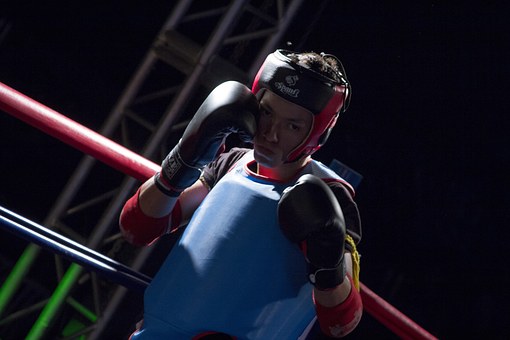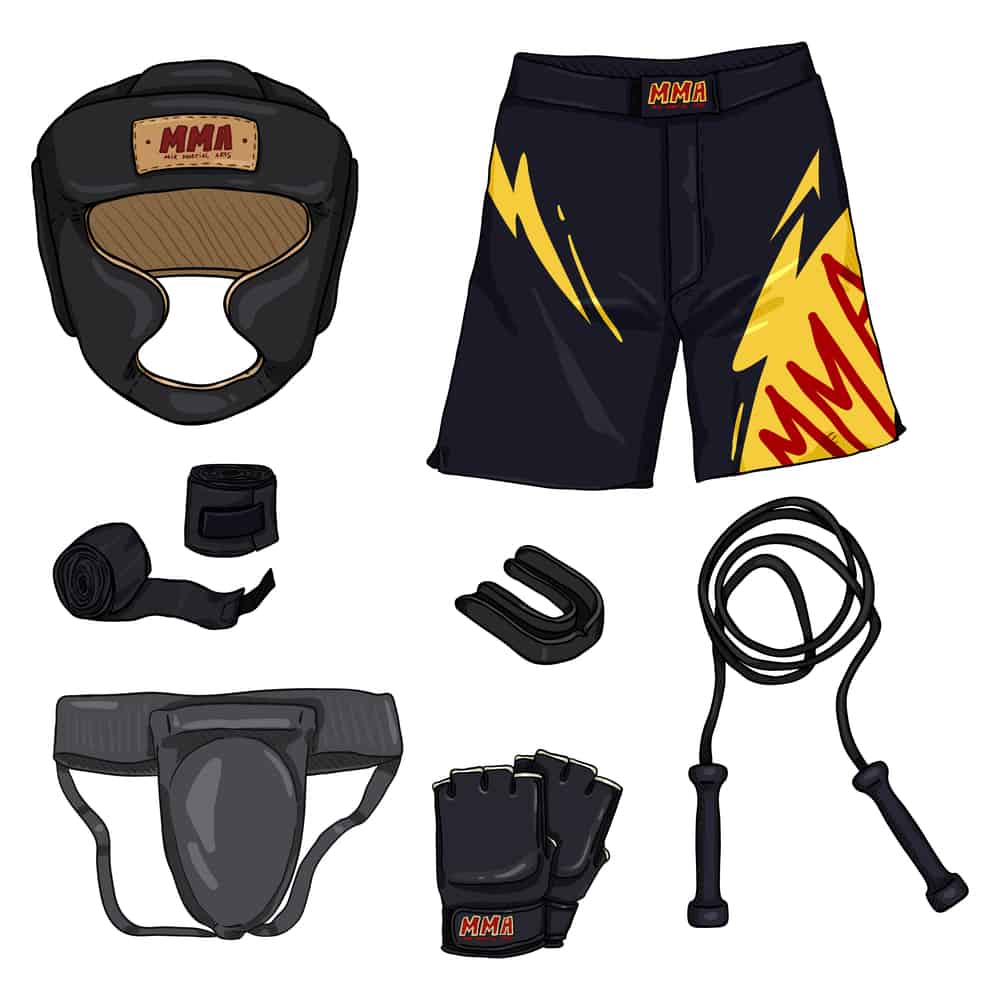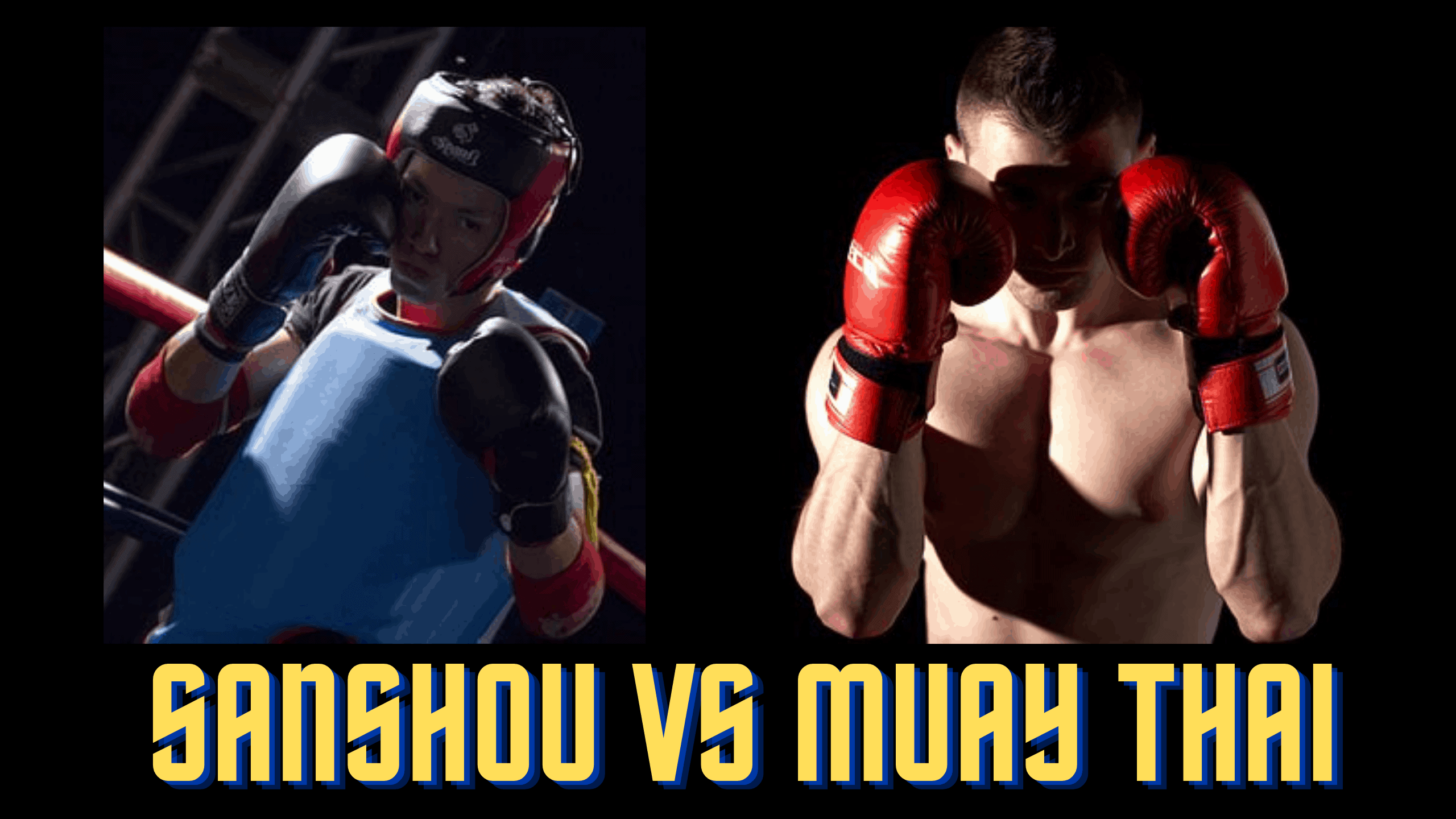This post is here to present Sanshou aka Sanda (Chinese Kickboxing) and muay thai in terms of their history, development, effectiveness and techniques.
This post is not to single which is better, Sanshou vs muay thai but to give a helpful and useful overview of the two so that you can be in a better position to choose which martial art to learn and study.
Or to provide an informational rundown on the two great striking martial arts and combat sports.
Here we at look at major differences between sanshou and muay thai in terms of:
- i) history/tradition and development
- ii) techniques especially takedowns and throws
- iii) popularity
Both Styles Came from Battlefield/Military Fighting
One of the major differences between Sanshou and muay thai is the historical context from which they came from.
Muay thai came from Muay Boran or ‘ancient boxing’.
This style of fighting came from the battlefield and from the warring period of the Siam Kingdom.
The original combat arts of Siamese warriors included weapons (krabi krabong) and unarmed fighting (muay boran).
Modern day muay thai as we recognize it today as a popular combat sport with rules, regulations began in the 1920s.

It was heavily influenced by Western Boxing and took on many aspects of Western Boxing such as the boxing ring, timed rounds, protective gear, judges and scoring.
Muay thai maintains its roots in muay boran and ancient Thai tradition and culture in a number of ways and include:
- The wai kru performed each and every Thai boxing match
- Sakyant or Thai tattoos that many Thai boxers wear for good luck an protection
- Mongkol or headband worn by every thai boxer before a match begins and while performing wai kru
Sanshou however is more of a combination of many different Chinese kung fu styles and techniques.
Similar to muay thai, Sanshou was established in the 1920s.
Sanshou was created by the Chinese military in the time of the Chinese Nationalist Party’s (1920’s) in Mainland China.
Prior to the Communist takeover in China, the Chinese Nationalist Party or Kuomintang used Sanshou for the training of its military for unarmed combat.
Sanshou vs Muay Thai Techniques
To the untrained eye, muay thai and sanshou look very similar in terms of fighting technique.
However there are definitely distinct differences between the two striking combat styles.
Punches
Both use standard boxing style punches including straight punches and hooks, body punches and upper cuts.
The spinning backfist, however is one of the signature techniques of Sanshou that is not used much in muay thai.
Kicks
When it comes to kicks, the muay thai roundhouse is recognized as one of the most powerful yet relatively simple kicks in martial arts. The roundhouse to the body is the standard and signature technique in muay thai.
There are also different types of kicks in muay thai such as the teep and several others.

Sanshou includes a wider range of kicking techniques (probably due to the many fighting styles that influenced the development of Sanshou).
The ‘Side pushkick’ is one of the signature techniques in Sanshou. It is also used in muay thai but not as commonly used as in Sanshou.
The sweep kick or ‘iron broom’ is another distinctive Sanshou technique that is not used at all in muay thai.
Throws and Takedowns
Sanshou draws influences from shuai jiao which is a Chinese style of grappling and throwing that is very similar to Judo.
The takedowns in Sanshou are wider ranging than in muay thai
They include techniques not allowed in muay thai such as outer reaping techniques that use the calf or the back of the leg to reap away your opponents leg i.e osoto gari in Judo.
Sanshou also includes a wide variety of hip throws that are also not used in muay thai.
Overall Sanshou takedowns include, double and single leg takedowns, inside and outside reaps and hip throws.
This makes Sanda very distinct from muay thai as these forms of takedowns are generally not used.
Sanshou vs Muay Thai – Rules
Though both Sanshou and Muay Thai are quite similar as they are both stand up, predominately striking combat arts; there are major differences in rules and regulations between the two.
Standard Regulations
The major difference any layman will notice between a muay thai competitive fight and a Sanshou fight are:
i) the ring or lack of a ring in Sanshou
Sanshou fights take place on an elevated platform called a “leitai,” which is 80cm in height, 8m in width and 8m in length.
In muay thai the standard boxing ring is used with dimensions the same as those used in Western Boxing.
ii) protective head gear and body shields in Sanshou
In muay thai fights across Thailand the standard boxing gloves, gum guard and groin guard are used.
There are different sets of rules for Sanshou/Sanda full contact fights with slight variations according to the governing body.

According to the WFMFA, Full-Contact Sanda Headgear without Face Shield, boxing gloves (10-12 oz), mouthpiece, groin cup, shin guard, and foot protector.
Some Sanshou fights also require body shields similar to those used in Olympic Taekwondo in addition to the head gear.
Techniques Permitted
The main difference between Sanshou and Muay Thai in terms of permitted techniques are
i) use of knees to the head and elbows
In some Sanshou fights knees to the head are not permitted. Through in professional Sanshou/Sanda compeition, knees to the head are permitted.
ii) lenght of time in clinch
The Thai clinch is a major part of muay thai. Clinch fighting is generally allowed a lot longer time in standard muay thai fights and lcinh specialists excel in tying opponents up and pummeling them with knees and elbows.
In Sanshou generally 5 seconds are allowed in the lcinh before a takedown must be executed.
iii) Takedowns
According to the International Kickboxing Federation (IKF), Sanda Rules
“All types of Judo & Wrestling Throws are Legal In San Shou / Sanda”
In muay thai the throws and takedowns are much more limited and especially do not include single or double leg takedowns, reaping techniques using the back of the leg against an opponent (i.e osoto gari and ouchi gari)and many hip throws are not allowed.
Popularity : Sanshou vs Muay Thai
Muay thai today is one of the most popular combat sports in the world. But it still is not nearly as popular or available word wide (in terms of gyms and teachers) as the traditional Olympic combat sports such as Boxing, Judo and Taekwondo as well as Karate.
However as of mid-2021, muay thai is now recognized as an Olympic sport and is sure to grow in popularity because of it.

In terms of a recognized cobat art, muay thai has already established its effectiveness in the worlds eyes and the inclusion of muay thai in any MMA practitioners core training is a testament to the effectiveness and popularity of muay thai.
Sanshou in comparison is much less popular currently.
However in China, Sanshou is the most popular combat sport and given the population of China, this makes Sanshou quite popular in terms of sheer numbers.
Every province in and major city in China has a professional club that houses competitive Sanda fighters.
China, Russia, Turkey and Iran are well known for sending the most competitors to International Sanshou/Sanda tournaments.




Thanks for the great article! I’ve been reading up about sanshou and while I agree that they do look quite similar, observing more closely shows the differences in the striking techniques fighters use. Interesting that some takedowns in sanshou are not permitted in Muay Thai; I bet training for these two sports would be quite different. I have also noticed that sanshou seems to be quite niched (outside of China), which is a shame. Every fighting style has something to teach us, so I hope sanshou becomes a little more mainstream so more people can enjoy it. Thanks again, will be sharing this!
Hey, glad you enjoyed the article! Both styles are excellent striking arts for sure. The muay thai clinch and rules which forbid takedowns with the back of the calf i.e. reaping techniques such as in Judo (i.e osoto gari) make the takedowns quite different but both are valuable for sure!